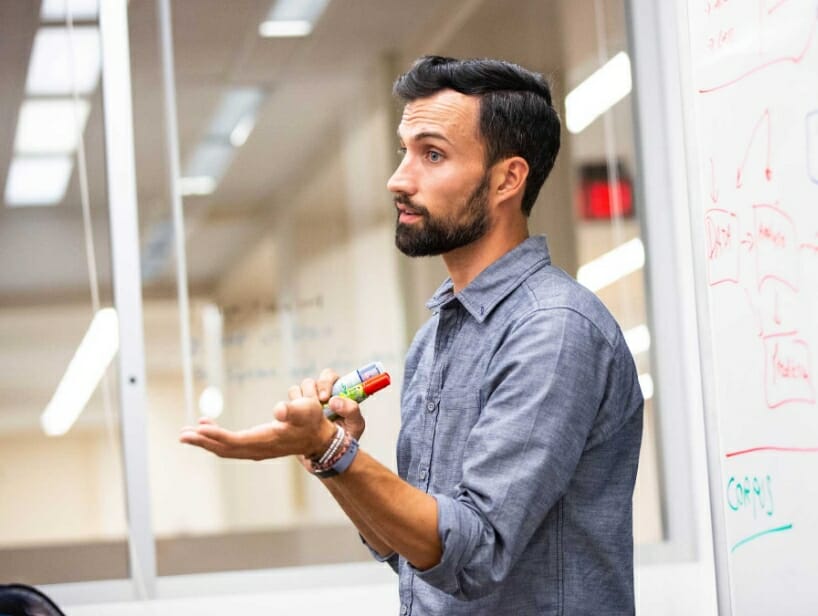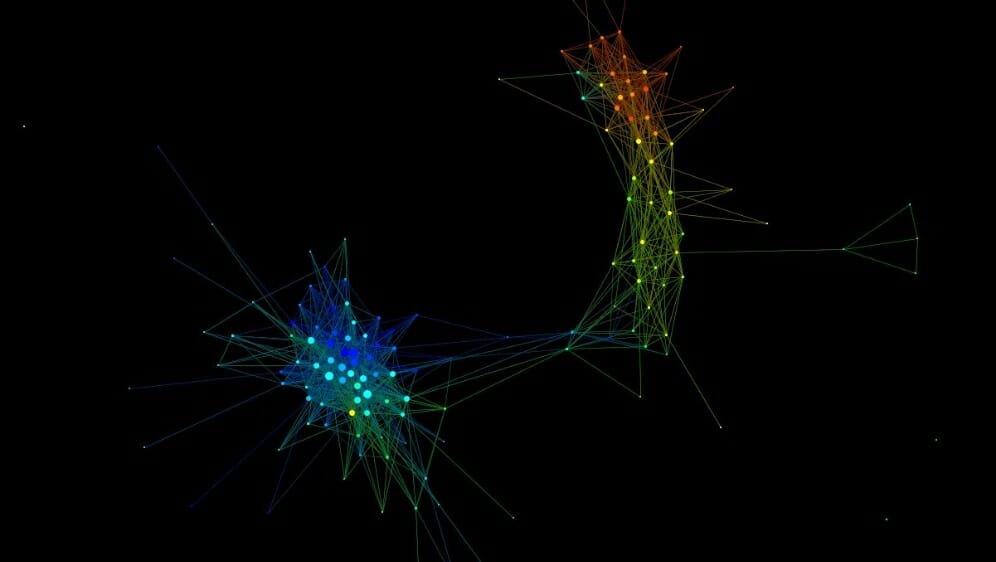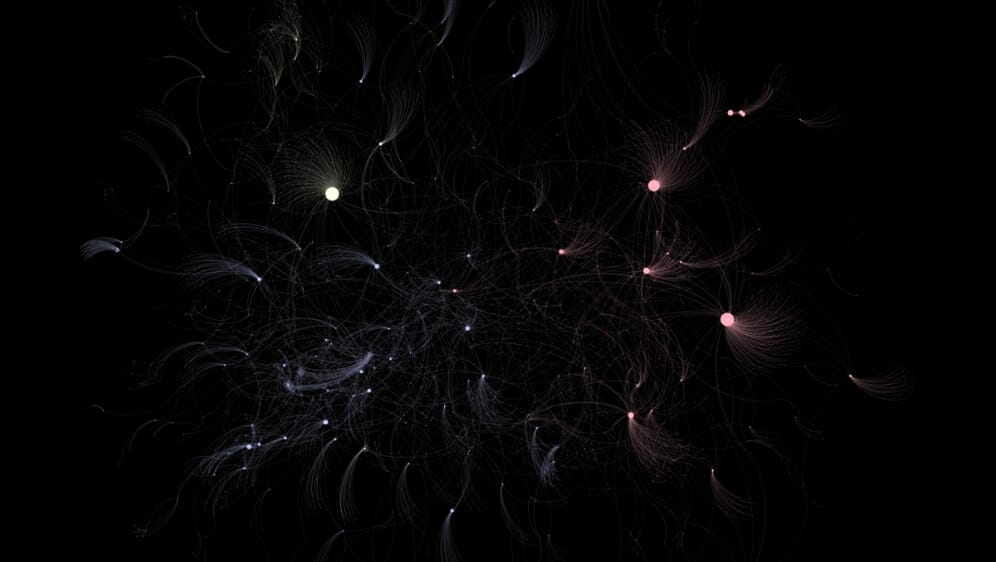
How information is spread in our society
both through human communications and through the complex interactions of intelligent systems
We use the concept of “information competition” to understand how information propagates in the context of various events, social pressures and technology designs. This perspective helps us understand communications and artificial intelligence (AI) systems as participants in a complex adaptive system of technologies and societies.
Areas of study for the Information Competition lab
Dynamics of information environments
Epistemology and data/technological literacy
Ephemerality and durability of information
Systemic effects of intelligent systems/AI
Dis/misinformation
Online social movements
Information competition has many real-world applications
Such as studying misinformation, analyzing mass communications and understanding online social movements. By studying how information competes for niches – that is, for human attention or inclusion into AI models – researchers can gain a better understanding of how social, cultural and technological change takes place. They can also use this knowledge to create better systems that can influence and use these processes in a positive way. The ICL uses large amounts of data and computational techniques to understand how information spreads, survives and thrives, and what factors contribute to its success or failure.
Informing AI Design
One area where the concept of information competition is particularly relevant is the development and implementation of AI systems. As AI pushes to become more integrated into our daily lives, it will need to compete for attention, data and resources just like any other piece of information or technology. By applying the principles of information competition to AI, researchers can better understand how these systems will interact with human societies, cultures and technologies.
Overall, the study of information competition provides a useful framework for understanding the complex interactions between information, technology and culture. As AI continues to evolve and shape our world, this framework will become increasingly important for ensuring that these systems are developed and used in ways that benefit society as a whole.


